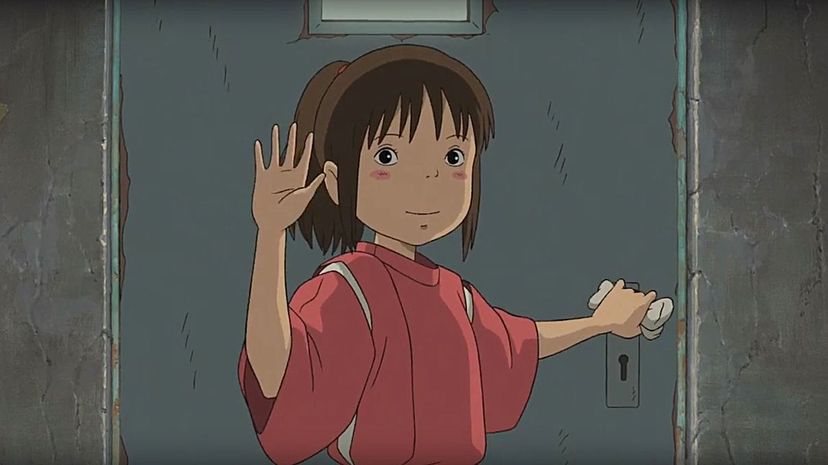
About This Quiz
You could go to the movies. But what's the fun in that when you could stay home and snuggle up on the couch with a Studio Ghibli movie instead? After all, the studio has produced some of the most entertaining and fun films in the history of animation. From tales of children wandering into a world filled with mystical creatures to humanoid pigs flying airplanes, there have been few limits when it comes to the imaginations of the directors and animators at Studio Ghibli.
Launched in 1985, Studio Ghibli has become a world-renowned animation studio throughout its history, popping out everything from feature films to short films for music videos. The studio's animation styles have been captivating and fun, as they've pushed the limits of how art meets film in ways that other companies wouldn't dare try. They've done all of this while also telling human stories that anyone can relate to.
Are you familiar with the magical worlds created by Studio Ghibli? From their earliest films to the masterpieces of the last decade, this quiz dives into every popular film ever released by the studio. When you're ready, prove that you can craft a perfect score on this quiz the same way Studio Ghibli crafts a movie.

"Howl's Moving Castle" is influenced by Diana Wynne Jones' novel that carried the same name as the movie. Published in 1986, Jones' novel eventually became a series alongside "Castle in the Air" and "House of Many Ways."
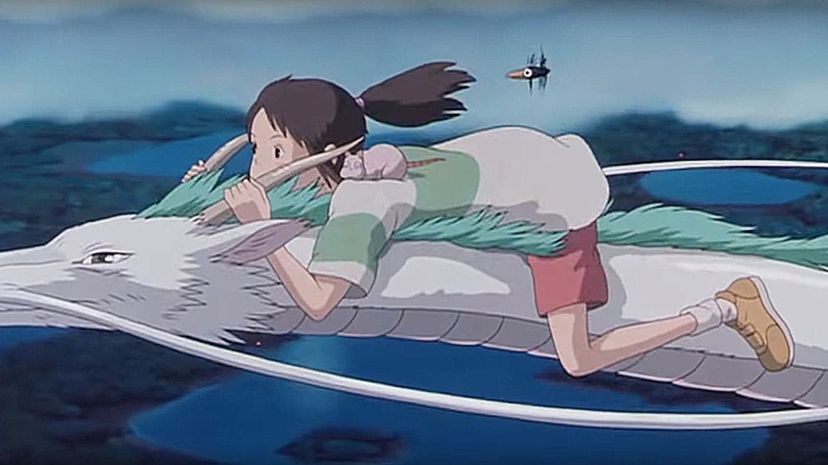
Hayao Miyazaki returned to Studio Ghibli to direct "Spirited Away," and it turned out to be quite the comeback. Not only did the film kill it at the box office, but it also won an Academy Award for Best Animated Feature.
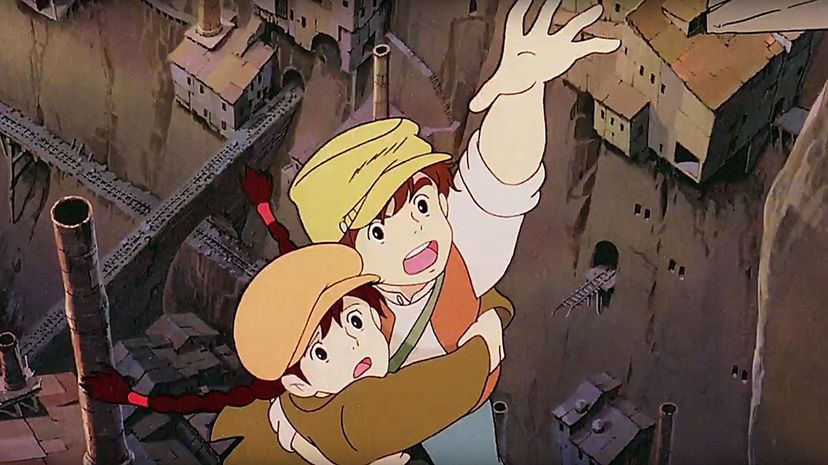
"Castle in the Sky" ties itself back into Studio Ghibli's first film, "Nausicaa of the Valley of the Wind," through the use of fox-squirrels, which appear in both movies. For the studio, this animal represents the difficulty of domestication.
Advertisement
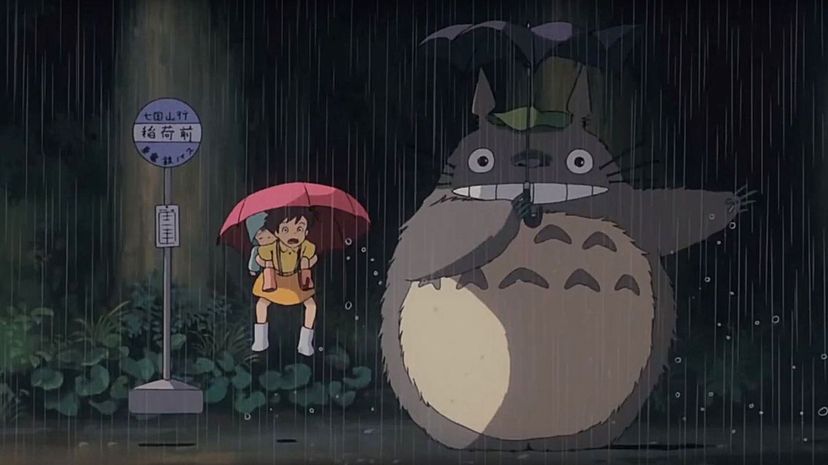
In his first few attempts, Hayao Miyazaki had trouble getting "My Neighbor Totoro" picked up by financiers. Much of this difficulty was due to the setting of the film, Japan, as it wasn't popular at the time to base such a fantasy film in a Japanese setting.
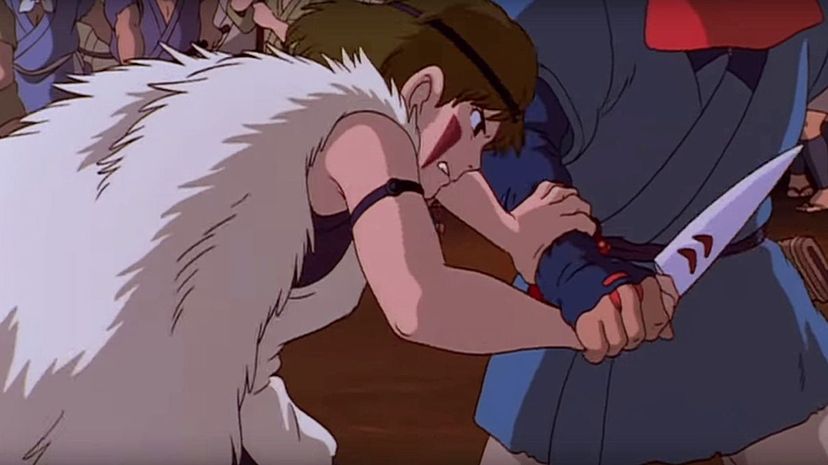
The Yugoslavia Wars were a major inspiration for "Princess Mononoke," as Hayao Miyazaki realized he could no longer tell stories like "Kiki's Delivery Service." Instead, he wanted to show children a more realistic version of a war-torn world.
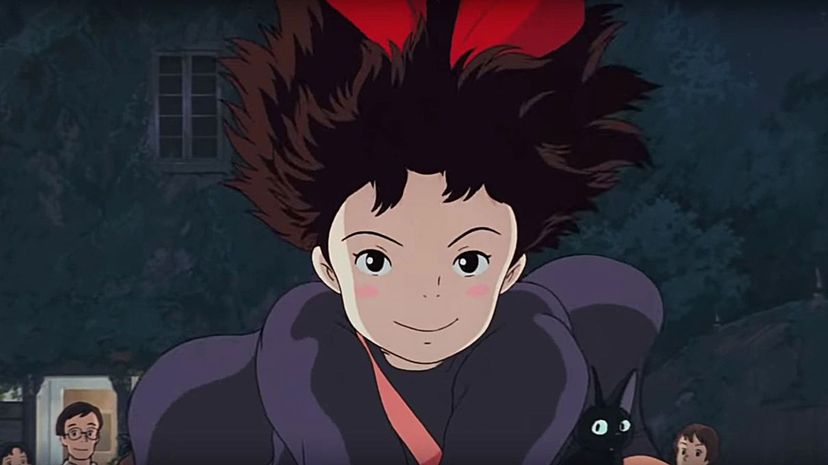
Studio Ghibli always looked for ways to appeal to a western audience, and they did just that with some of the settings in "Kiki's Delivery Service." For example, the city where Kiki lives, Koriko, is based on Stockholm, the capital of Sweden.
Advertisement
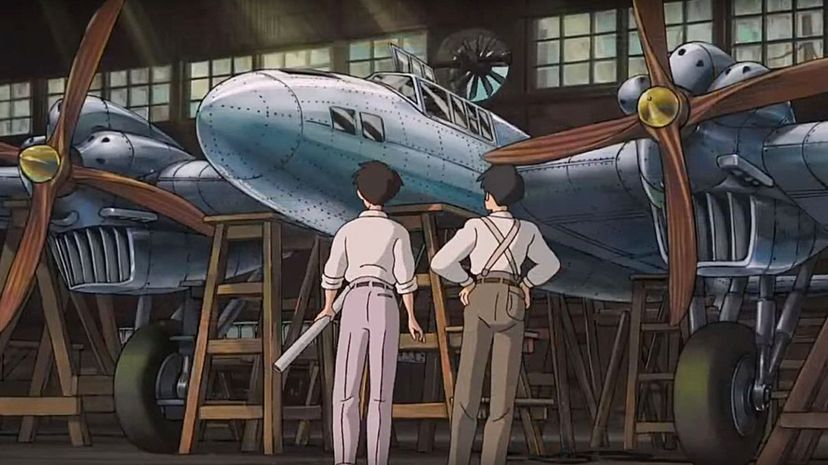
"The Wind Rises" was marred by controversy, particularly in the United States, after its release in 2013. That's because it tells the story of Jiro Horikoshi, the Japanese engineer who designed the deadly Mitsubishi A5M for use in World War II.
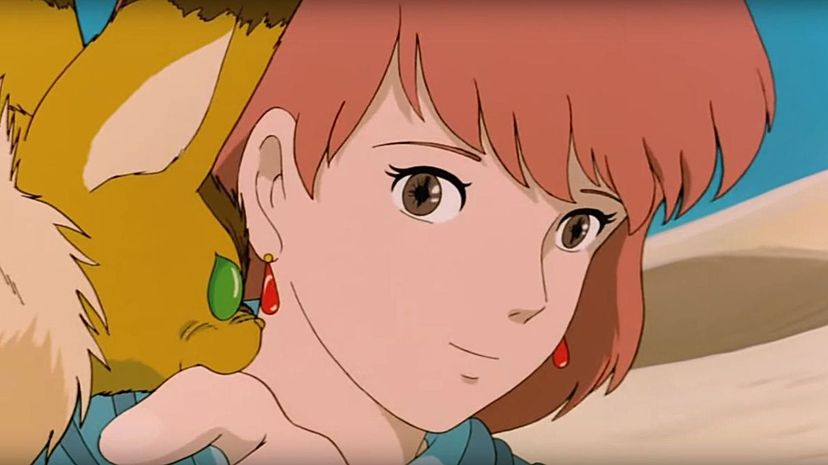
"Nausicaa of the Valley of the Wind" pulls plenty of inspiration from European culture, including the name Nausicaa, which is derived from Princess Nausicaa in "The Odyssey." Translated from ancient Greek, her name means "burner of ships."

"Whisper of the Heart" was the only Studio Ghibli film directed by Yoshifumi Kondo before his untimely death due to an aneurysm in 1998. His death caused Hayao Miyazaki to retire from filmmaking for a bit, as he had hoped Kondo would be his successor.
Advertisement
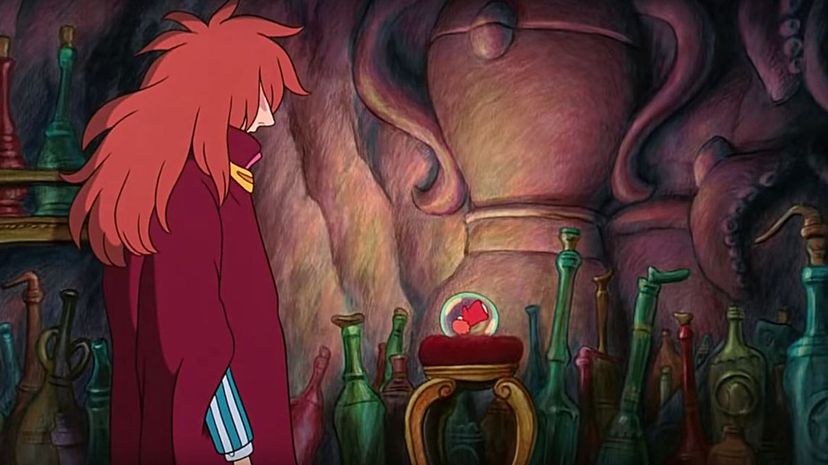
Studio Ghibli abandoned new animation techniques and CGI in favor of traditional animation for "Ponyo." That means each frame was drawn by hand with Hayao Miyazaki choosing to draw the ocean waves himself.

"Grave of Fireflies" departs from most war-driven films by depicting war as a force of nature rather than a creation of man. Bombs, for example, fall through the sky like rain as the fire from their destruction tears through the land like the wave of a tsunami.
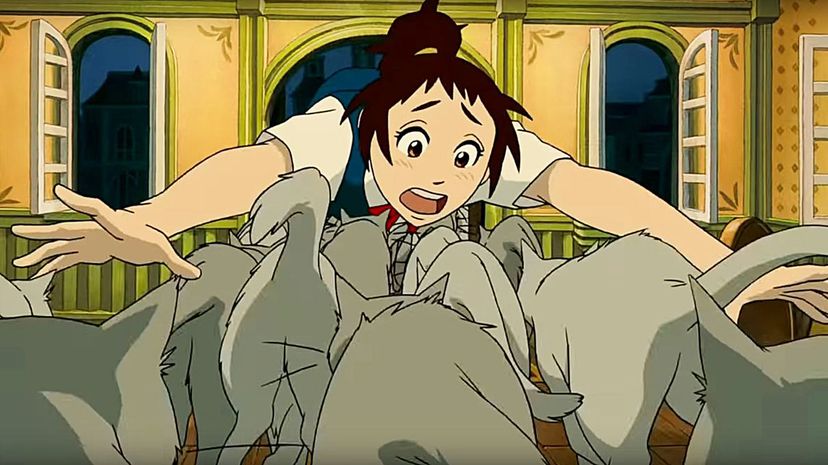
Studio Ghibli brought in Hiroyuki Morita to direct "The Cat Returns," making it only the second feature film from the studio directed by someone other than Hayao Miyazaki or Isao Takahata. Morita had previously worked with the studio as an animator on "My Neighbors the Yamadas."
Advertisement
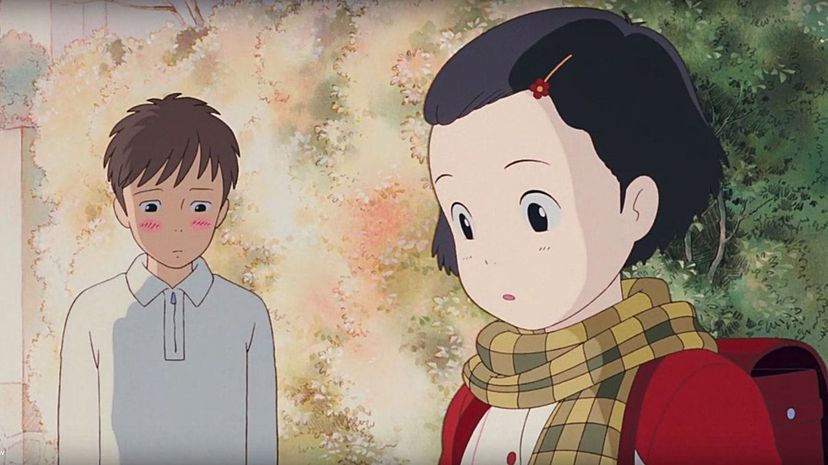
For the ending theme song of "Only Yesterday," Studio Ghibli translated "The Rose" by Amanda McBroom. The English version of the song was a number one hit on many charts, which included a cover by Conway Twitty that was released in 1983.
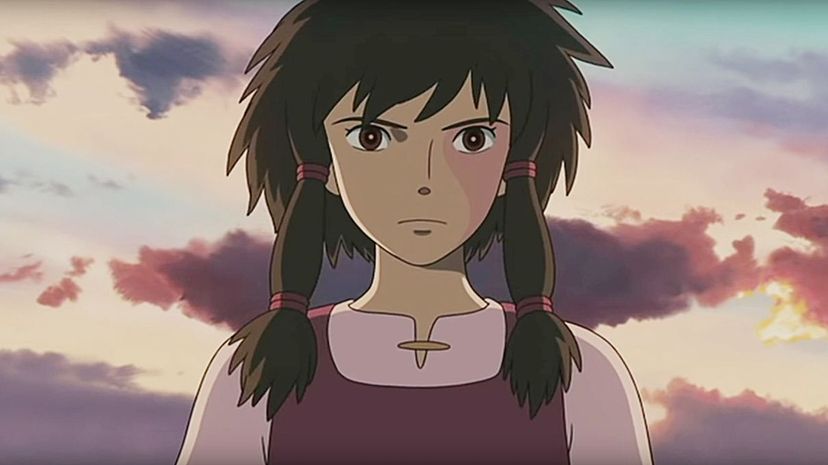
"Tales from Earthsea" was directed by Hayao Miyazaki's son, Goro, and caused quite a dispute between the two. Hayao had wanted to direct the film himself but was already involved in "Howl's Moving Castle," so the studio gave his son his first directing opportunity. Due to the dispute, the two did not speak for the entirety of the production.
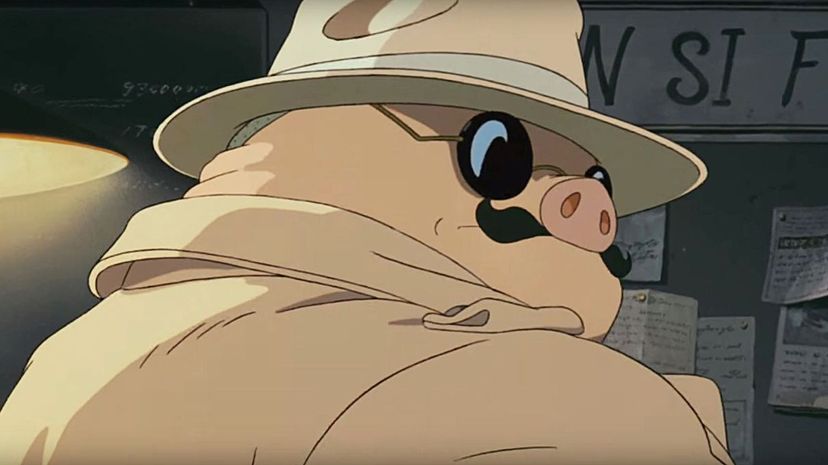
"Porco Rosso" was the first pure comedy film released by Studio Ghibli, as most films from the studio always had a feeling of desolation sprinkled into them. Despite its comedic elements, "Porco Rosso" relied on darker tones in the animation to capture the period it was set in.
Advertisement
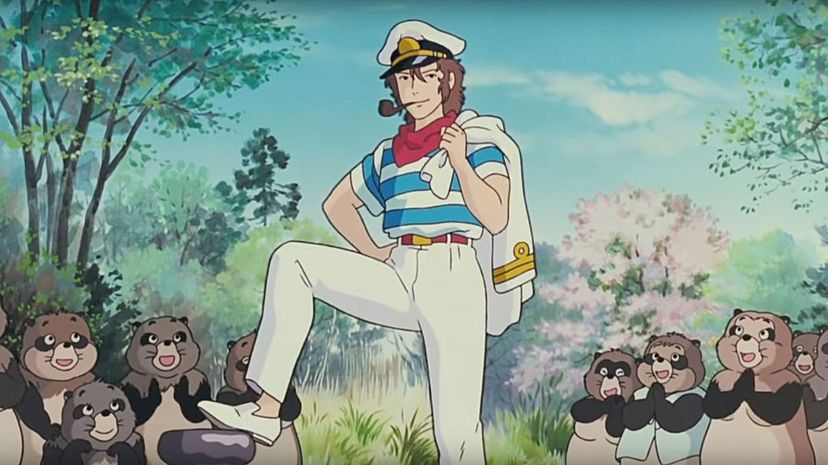
The title "Pom Poko" is derived from the sound that tanuki, Japanese raccoon dogs, make when hitting their own bellies. These animals are the subject of the story, as they try to stop a government project that will destroy their habitat.
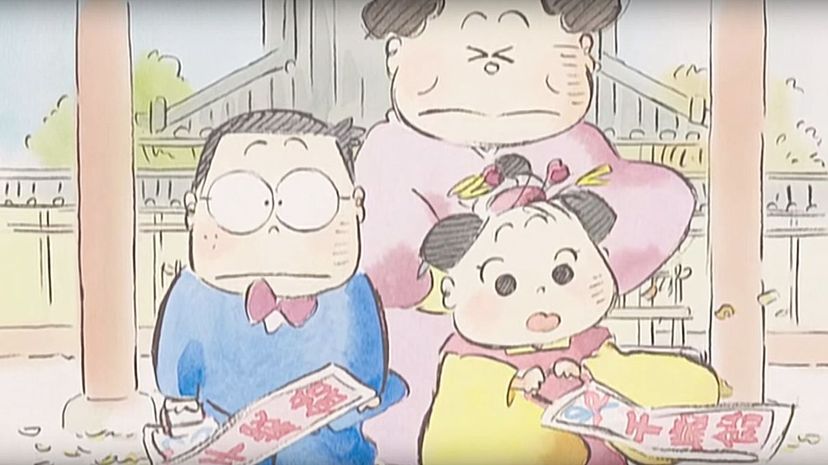
In a series of vignettes, "My Neighbors the Yamadas" tells the story of the Yamada family. The film captures the relationships of the family by relying on an animated style that resembles a comic strip.
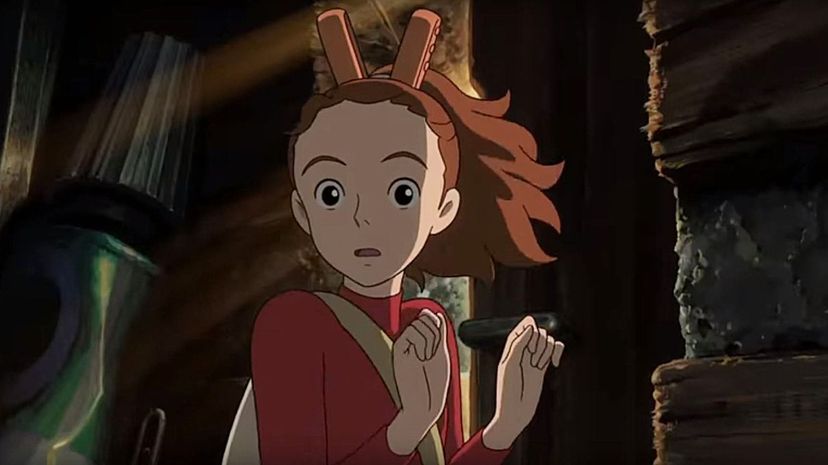
Perspective is used to give the animation in "The Secret World of Arrietty," a unique feel, as it shifts between the normal people and the tiny people living in the house. When the tiny people, the Borrowers, venture out, everything changes from the size of objects to the sound of simple noises.
Advertisement
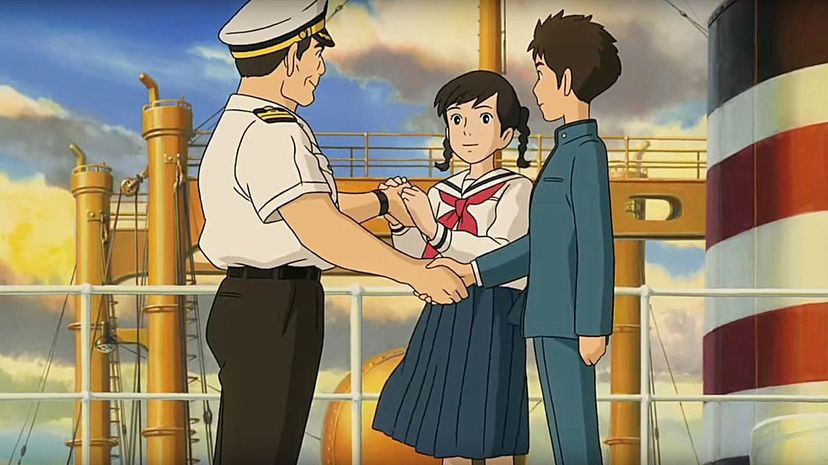
Unlike most Studio Ghibli films, "From Up on Poppy Hill" isn't plot-driven, but instead, it is driven by relationships. It accomplishes this by setting itself in a unique period in Japanese history when student activism was common due to escalating global conflicts.
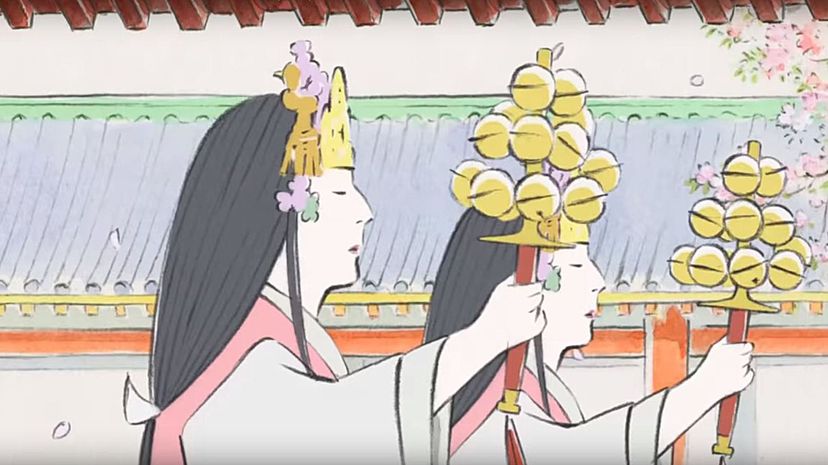
"The Tale of the Princess Kaguya" gets its inspiration from an ancient Japanese narrative called "The Tale of the Bamboo Cutter." To capture some of the true feelings of Princess Kaguya from the original tale, the film broke away from a realistic art style, relying on charcoal lines and watercolored hues instead.
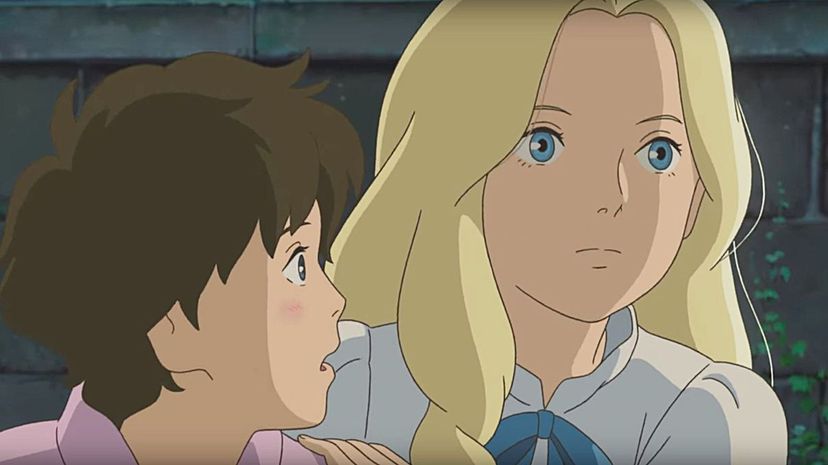
After "When Marnie Was There" was finished and released in 2014, Studio Ghibli announced it would be taking a break from filmmaking after several lead figures left the company. As of the start of 2020, it's still the final feature film released by the company.
Advertisement

By the early '90s, Studio Ghibli was already trying to find a place for its younger animators to make a name for themselves in the company, so they decided to put together "Ocean Waves." They had hoped the film would be produced cheaply, but it went over budget by the time it was finished.
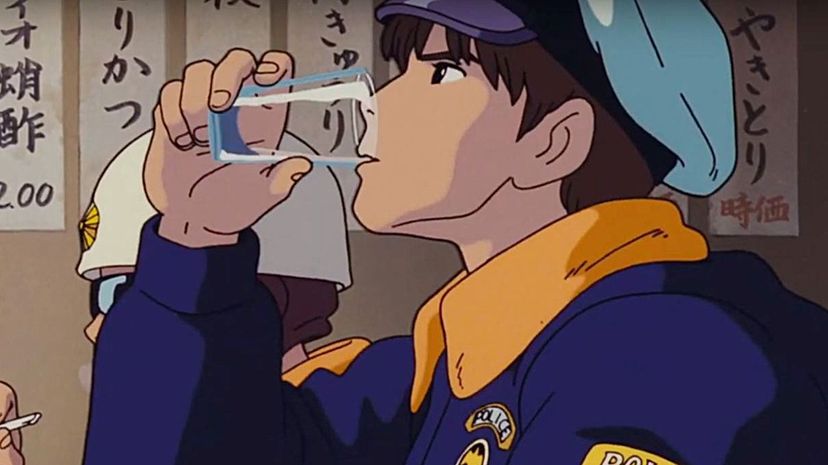
"On Your Mark" was created by Hayao Miyazaki for a song by Chage & Aska, a Japanese rock band. The music video incorporates their song, which carries the same name, but has no dialogue throughout.

Studio Ghibli created "Ghiblies" to air during a television special about the studio. The short film incorporates personalities from the studio and addresses what work life is like at Studio Ghibli.
Advertisement
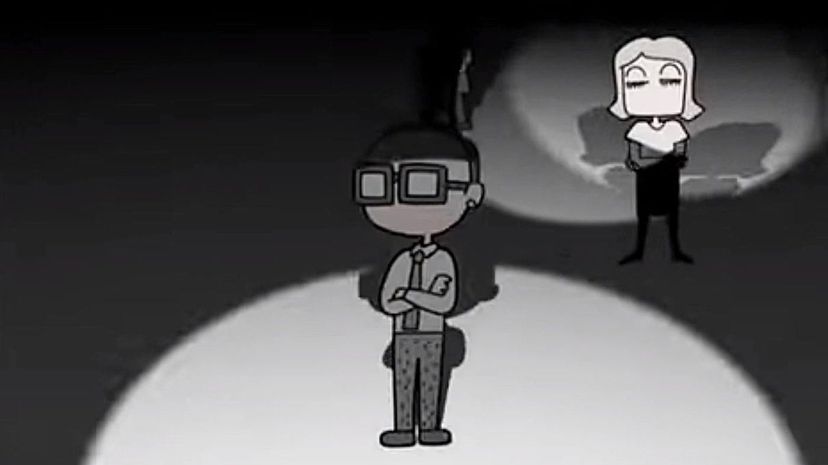
When "Ghiblies Episode 2" originally came out, it was released in theaters alongside "The Cat Returns" in 2002. It was later included as bonus content on "Ocean Waves" when the film was released as a DVD in North America in 2017.
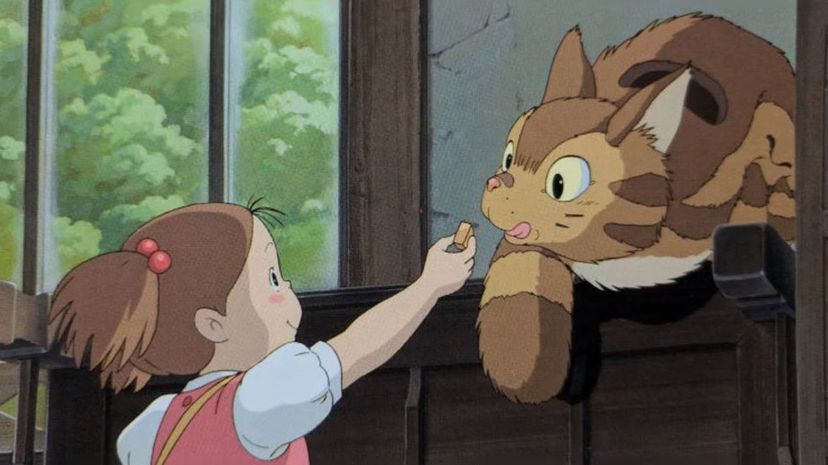
"Mei and the Kittenbus" brought back Japanese voice actress Chika Sakamoto to voice Mei, who also appeared in "My Neighbor Totoro." Sakamoto had previously worked on "Nausicaa of the Valley of the Wind" with Studio Ghibli.
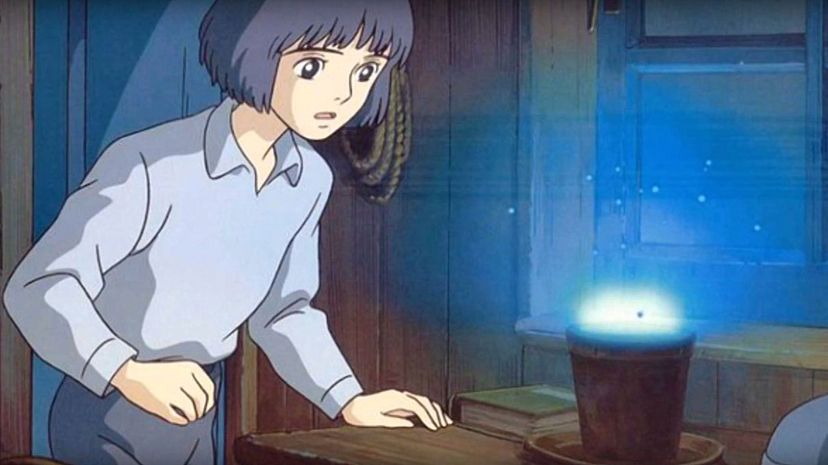
"Hoshi o Katta Hi" utilized aspects of surrealism similar to Naohisa Inoue's artwork in its animation. Inoue had previously helped Studio Ghibli on "Whisper of the Heart," where he provided art that was referenced for the film's setting.
Advertisement
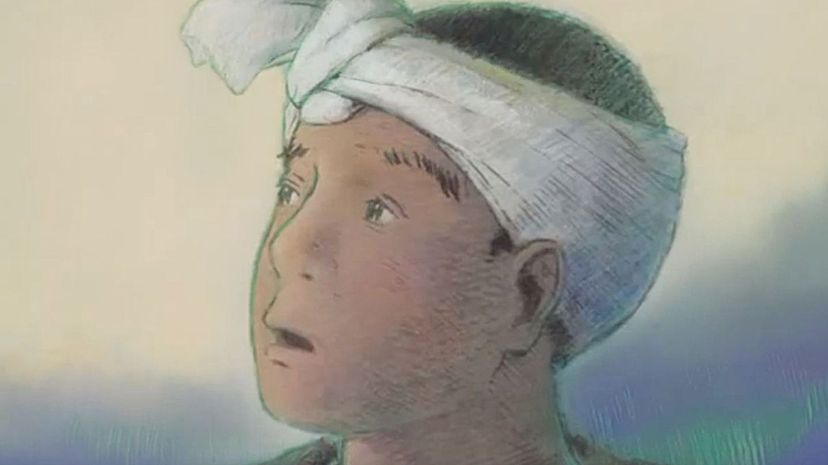
Running 27 minutes, "The Night of Taneyamagahara" is one of the longest short films released by Studio Ghibli. Unlike the other short films from the studio, it was released on DVD in Japan in 2006.
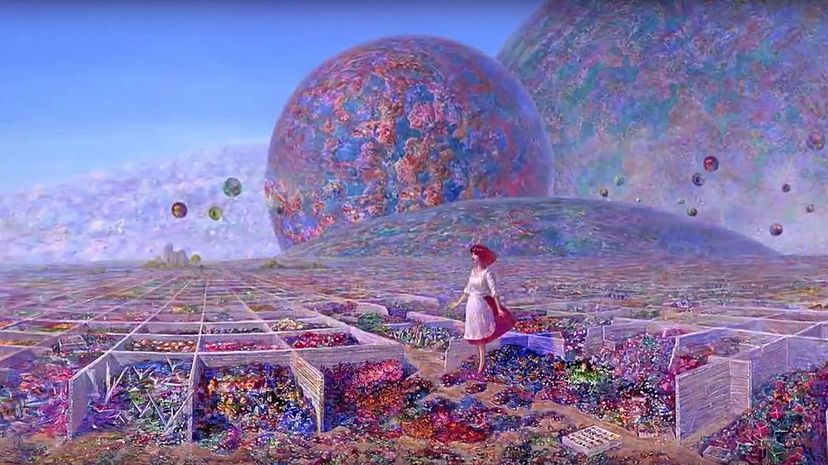
"Iblard Jikan" relied more on its animation, which was inspired by the artwork of Naohisa Inoue, than on its overall plot. The calming mood of the film was increased by the original soundtrack from Kiyonori Matsuo.
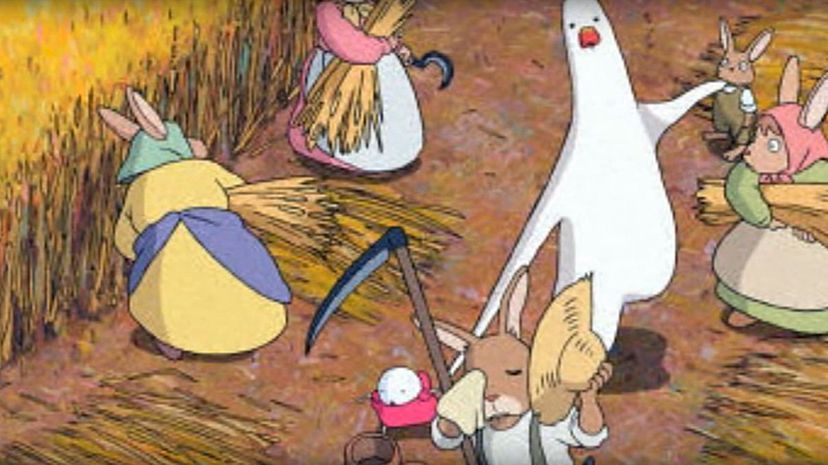
"The Harvesters" by the 16th-century painter Pieter Bruegel helped Hayao Miyazaki develop the idea for "Mr. Dough and the Egg Princess." The painting was one of Bruegel's most famous, as it was part of a series that captured the different times of the year.
Advertisement
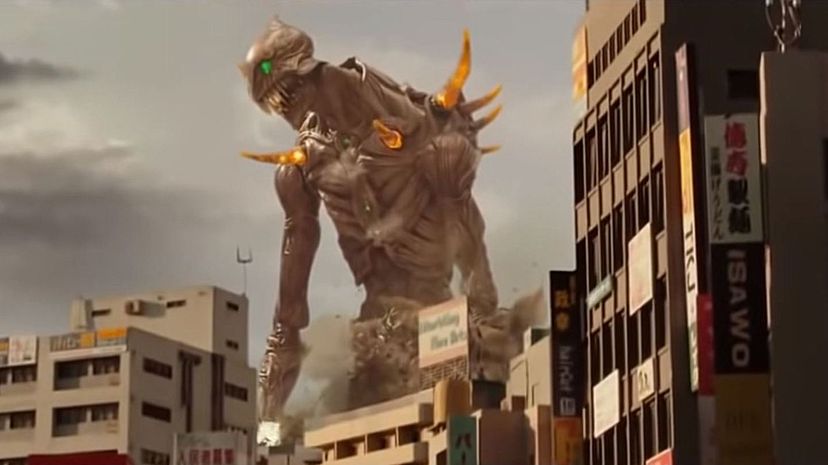
"Giant God Warrior Appears in Tokyo" was the first live-action film released by Studio Ghibli. Relying on practical effects, it draws inspiration from traditional tokusatsu productions like "Godzilla."
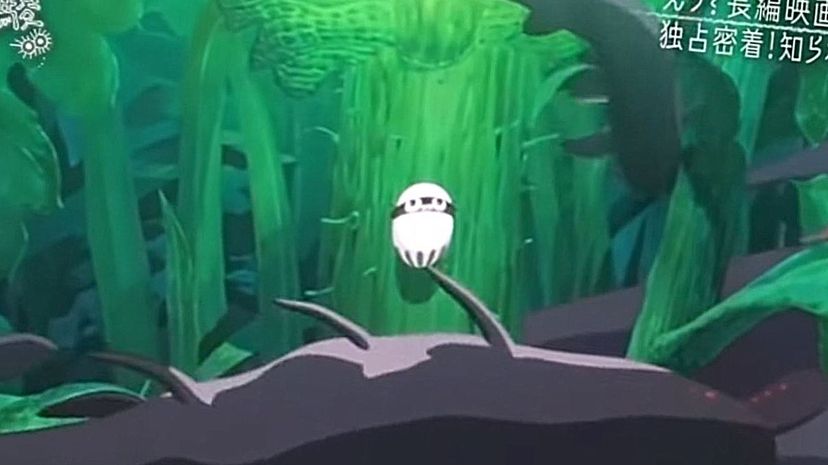
Hayao Miyazaki originally started drawing sketches for "Boro the Caterpillar" in the '90s in hopes of turning it into a feature film, but it was never picked up by producers. After his retirement from making feature films, Miyazaki decided to dive back into animation by making a short based around his original idea.

Studio Ghibli relied on its subsidiary studio, Studio Kajino, to create "Space Station No. 9." It was one of three short music videos created for the band Capsule with the others being "Portable Airport" and "A Flying City Plan."
Advertisement